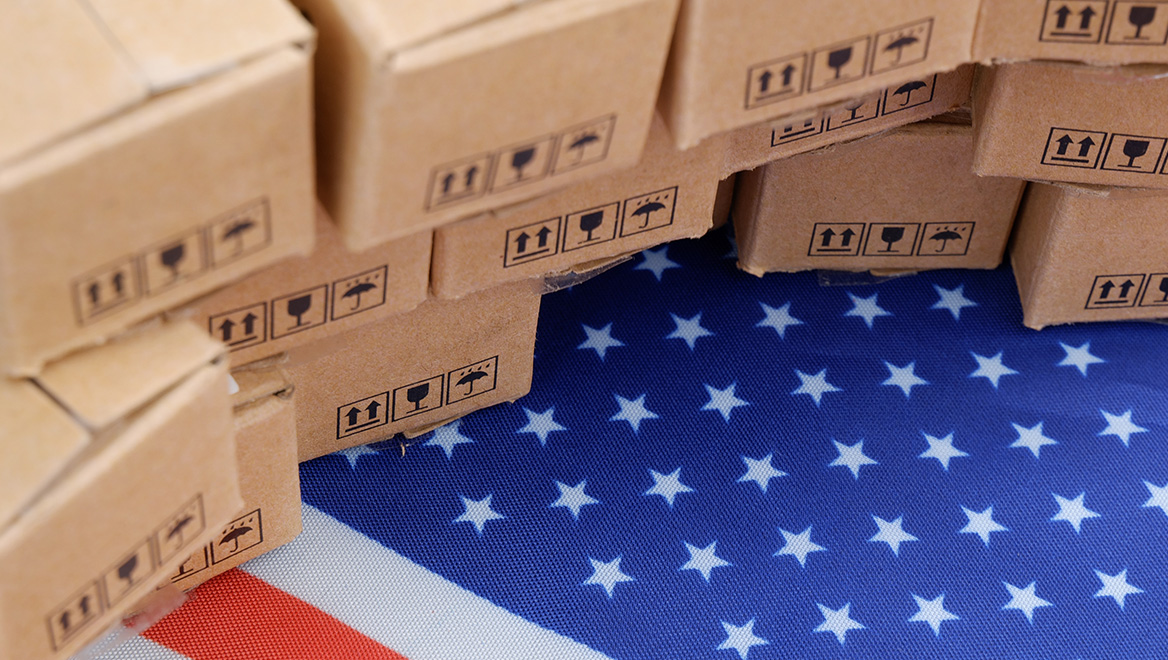What Banks Should Watch Amid Tariff Volatility
2/6/2025

The first 48 hours of this week were a whirlwind for global trade policy. The U.S. abruptly paused planned tariffs on Canada and Mexico for at least 30 days—but moved forward with a 10% tariff on Chinese imports. China wasted no time retaliating, imposing its own tariffs on a targeted number of U.S. goods and launching an antitrust probe into Google. Now, with President Trump signaling that tariffs on the European Union could be next, the financial and business landscape remains highly volatile. With their fates tied to the fortunes of borrowers and the economy as a whole, much is at stake for banks.
The Risks of Uncertainty
It’s not just the tariffs themselves that pose a challenge—it’s the unpredictability surrounding them. “Even the threat of tariffs has the potential to be catastrophic,” said Bill Long, CEO of the vehicle suppliers association MEMA. Companies that rely on cross-border supply chains must now factor in the potential for sudden policy shifts, increased costs, and regulatory friction. That uncertainty could make businesses more hesitant to expand or invest—raising concerns for lenders exposed to trade-dependent industries.
The Immediate Impact of China’s Retaliation
With the China tariffs officially in place, U.S. businesses now face higher costs on a wide range of imports. Meanwhile, China’s retaliatory tariffs and export restrictions on critical minerals could add further stress to supply chains—especially for sectors reliant on high-tech manufacturing. For banks, this means monitoring credit risks in industries highly dependent on Chinese trade, including technology, energy, and agriculture.
The Bigger Picture: A Shifting Trade Landscape
While Canada and Mexico secured temporary tariff reprieves, the situation remains fluid. Trump’s comments about targeting European imports suggest that trade tensions could escalate further. As equities and bond yields move with each new announcement, corporate leaders are reassessing investment strategies. Sharon Bell, European equity strategist at Goldman Sachs, explained: “It is not necessarily the tariffs themselves that matter, rather the trade uncertainty that hits economic growth and investment intentions.”
The North American auto industry, deeply intertwined with cross-border trade, remains especially vulnerable. If tariffs on Mexico and Canada go into effect, higher costs and supply chain disruptions could ripple through the industry—raising prices on automobiles even further and stretching consumer creditworthiness.
What Banks Should Watch
- Credit Risk: Industries exposed to trade fluctuations—especially manufacturing, agriculture, and retail—may face higher financing scrutiny. Canadian banks, which are heavily tied to trade and commodity markets, could face added pressure if uncertainty weighs on corporate borrowing and investment decisions.
- Market Volatility: Like everyone else, the Federal Reserve will be closely watching the economic effects of these trade tensions. A prolonged trade war could push inflation higher while dampening business investment, complicating the Fed’s policy decisions.
- Corporate Strategy Shifts: Businesses may begin diversifying suppliers, renegotiating contracts, or postponing expansion plans—affecting loan demand and risk assessment.
Bottom Line
The global trade environment is anything but stable, with unpredictability itself emerging as a key negotiating strategy. For the foreseeable future, banks and risk professionals will likely be preparing for continued volatility, assessing exposure to trade-sensitive sectors, and staying agile in response to new developments.


